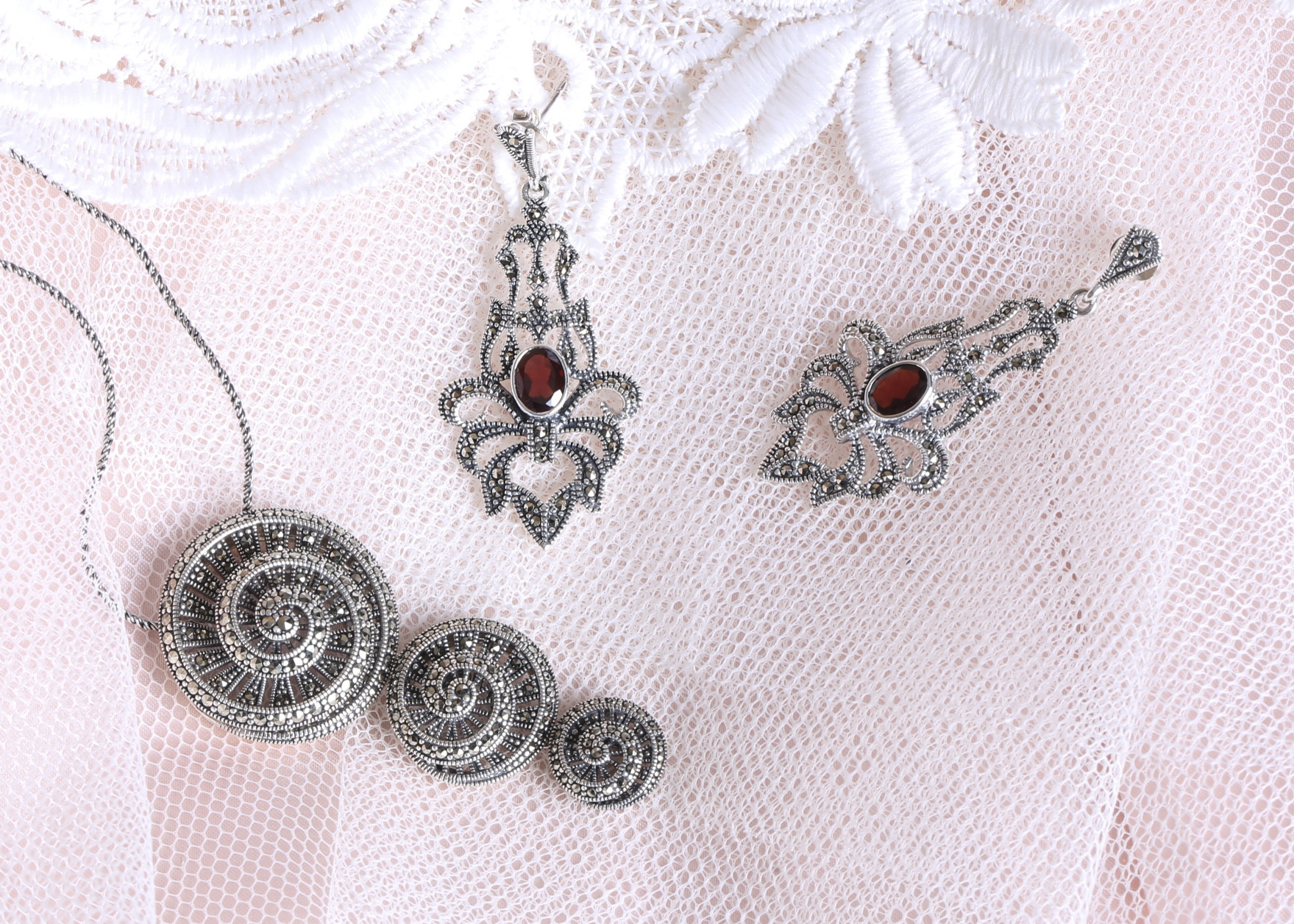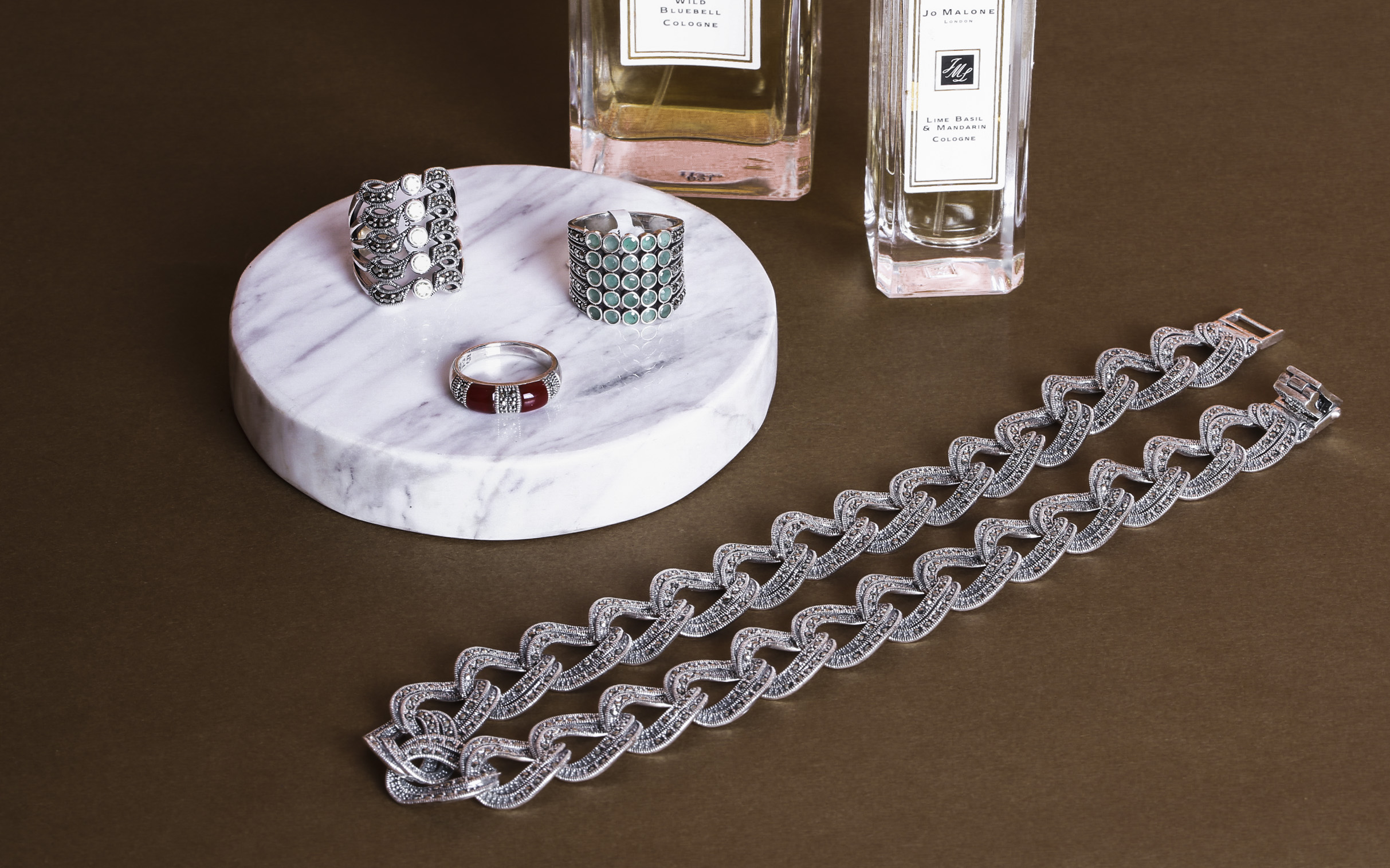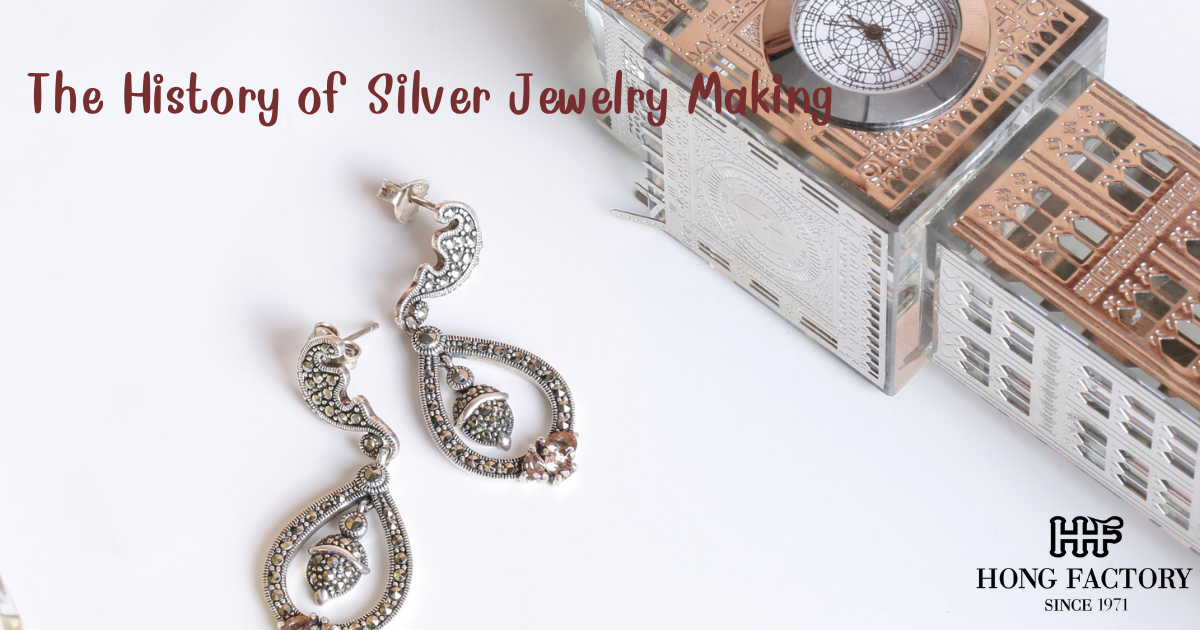Silver jewelry has been crafted for thousands of years, serving as a symbol of status, spirituality, and artistic expression.
From ancient civilizations to modern artisans, silver jewelry making has evolved with cultures, techniques, and trends. This guide explores the rich history of silver jewelry making, from its origins to contemporary designs.
The History of Silver Jewelry Making

1. Ancient Silver Jewelry
Early Silver Use in Jewelry
- The first silver jewelry dates back over 5,000 years in Mesopotamia and Egypt.
- Ancient civilizations believed silver had protective and magical properties.
Greek and Roman Influence
- Greek silver jewelry featured mythological motifs and intricate filigree work.
- Romans popularized silver rings, brooches, and amulets among the elite.
2. Silver Jewelry in the Middle Ages and Renaissance
Medieval European Silver Craftsmanship
- Used in royal crowns, religious artifacts, and noble accessories.
- Handcrafted with detailed engravings and gemstone embellishments.
Renaissance and Baroque Silver Jewelry
- More decorative and luxurious, featuring pearls, enamel, and sculptural elements.
- Signet rings and personalized engravings became fashionable.
3. Modern Silver Jewelry and Innovations

Industrial Revolution and Mass Production
- The 19th century introduced machine-made silver jewelry, making it more affordable.
- Sterling silver became the standard for high-quality silver jewelry.
Contemporary Silver Jewelry Trends
- Artisans blend traditional handcrafting with modern technology.
- Sustainable silver jewelry and custom-made pieces are on the rise.
Silver jewelry making has evolved over the centuries, influenced by cultures, craftsmanship, and innovations. Whether antique or contemporary, silver jewelry remains a timeless expression of art and identity.
